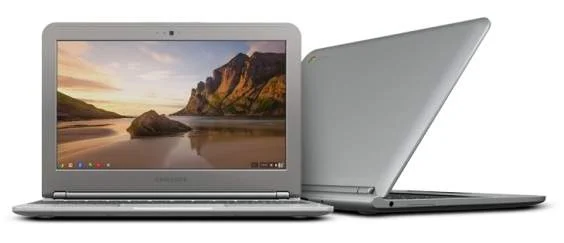Google’s ChromeOS may not be as popular as Mountain View’s mobile-oriented Android, but the cloud-centric operating system is certainly holding its own.
This is illustrated by the success of Samsung’s recently launched ARM-powered Chromebook. Clearly, there is a lot of pent up demand for the device and not just because of its cloud-centric OS. Rather, the Samsung Chromebook is one of the first real mobile implementations of ARM’s long-awaited Cortex-A15 processor in the form of Samsung’s Exynos 5 dual-core chip.

And as Gartner analyst Carolina Milanesi explains, consumers do not want to choose between apps and Internet – they want both.
“The $249 is certainly an interesting price point, but consumers have been burned with netbooks [before] and will be cautious and look beyond the price tag,” she explained.
So what’s next for Google’s popular Chromebook?
Well, according to the China Times, Mountain View is prepping a Google-branded Chromebook with a touchscreen. Although additional details are scarce, one could probably safely assume the next-gen Chromebook will be slightly more expensive than its predecessors due to the touch-screen display.
Personally, I think a Google-branded touch-screen Chromebook would be a win-win for Mountain View – but only if the corporation continues to sell additional (non touch-screen) iterations of the device at a $200-$250 price point. It probably wouldn’t be that much of a wild guess to assume the touch-screen iteration will weigh in somewhere between $300-$350.
Of course, a touch-screen version of the Chromebook would also serve to blur the lines between Android and the cloud-centric OS. Although the ChromeOS and Android will remain two distinct operating systems for now, one can’t help but wonder if Google ultimately plans to merge the two at some point in the distant future.






